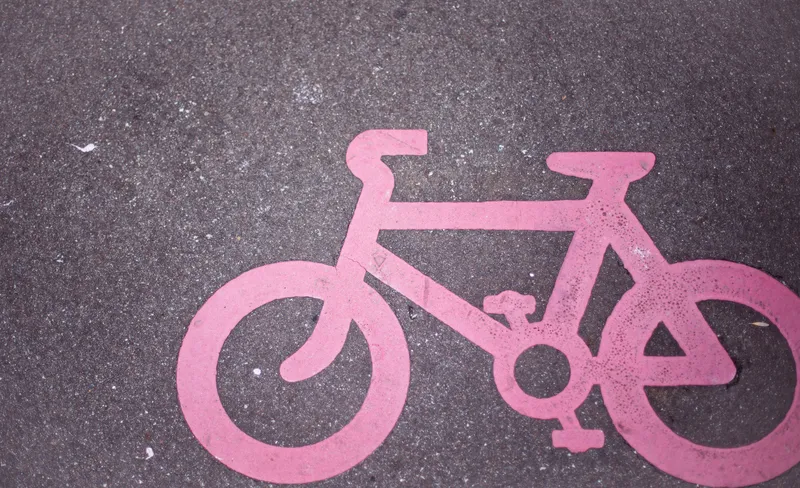New York state and local leaders are considering a bill that would enable New York City to install up to forty stationary and roving speed cameras at high-risk locations for the next five years. The calls for a crackdown on speeding come after several high-profile crashes. One in four traffic deaths in New York City is caused by speeding. In 2011 alone, 70 people were killed and 4,700 people were injured as a result of speed-related crashes in the five boroughs. “Speeding is the number one cause of fatal c
March 14, 2013
Read time: 2 mins
New York state and local leaders are considering a bill that would enable New York City to install up to forty stationary and roving speed cameras at high-risk locations for the next five years.
The calls for a crackdown on speeding come after several high-profile crashes. One in four traffic deaths in New York City is caused by speeding. In 2011 alone, 70 people were killed and 4,700 people were injured as a result of speed-related crashes in the five boroughs.
“Speeding is the number one cause of fatal crashes in New York City and we must do everything we can to prevent future fatalities,” said speaker Christine Quinn. “Speed cameras are a smart deterrent that will reduce speeding and help save lives.”
The cameras in the pilot program would not photograph the driver or disseminate the licence plate number of the vehicle.
Penalties for speeding would be set at US$25 with a maximum penalty of US$50 for speeding between ten and thirty miles above the speed limit and US$100 for speeding over thirty miles above the limit.
The calls for a crackdown on speeding come after several high-profile crashes. One in four traffic deaths in New York City is caused by speeding. In 2011 alone, 70 people were killed and 4,700 people were injured as a result of speed-related crashes in the five boroughs.
“Speeding is the number one cause of fatal crashes in New York City and we must do everything we can to prevent future fatalities,” said speaker Christine Quinn. “Speed cameras are a smart deterrent that will reduce speeding and help save lives.”
The cameras in the pilot program would not photograph the driver or disseminate the licence plate number of the vehicle.
Penalties for speeding would be set at US$25 with a maximum penalty of US$50 for speeding between ten and thirty miles above the speed limit and US$100 for speeding over thirty miles above the limit.










